International Trade: Factors, Benefits, Barriers, Examples, ETC.
International trade is an activity or trade activity carried out by two different countries.
These trading activities must have been agreed by both parties in an agreement.
The parties involved in these trading activities can be individuals, governments, or companies.
Have you ever bought imported goods? Have you ever?
Just an example here, You buy clothes, bags, skincare, or other items. Not only goods, food is also a lot why imported from abroad. I just knew it?
Well, The existence of imported goods and food is the reason for the existence of the international trade process you guys.
Table of contents
Definition
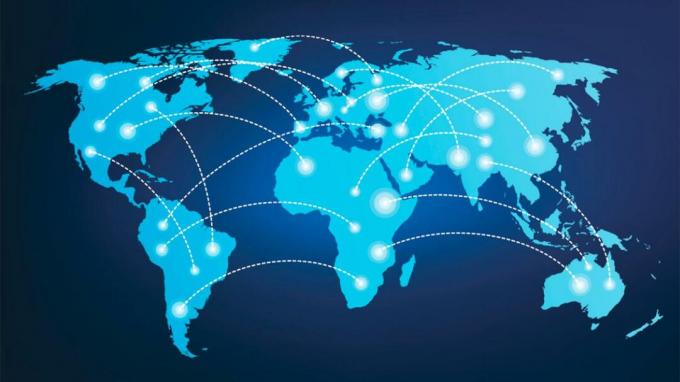
As explained above, international trade is a trading activity carried out by two different countries.
International trade or also known as (international trade) been around since the middle of the last century.
The economic relationship that exists includes three forms of relationship, including:
- Exchange of output or results from one country with other countries, or what we know as international trade.
- Relationships in the form of debts between countries.
- Exchange or flow of production or means of production.
As for The main purpose from this trading activity, namely to increase GDP (Gross Domestic Product) or the total value of the production of goods and services in a country for one year.
The impact caused by this trading activity can be felt in terms of social interests, transportation, globalization, economic politics to help push the progress of industrialization, as well as the presence of companies multinational.
History of International Trade
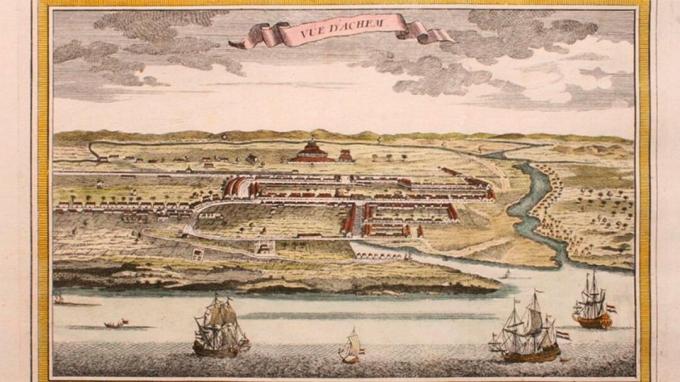
International trade has started since the middle of the last century.
This is evidenced by the findings of Sumerian-made goods in Egypt or Babylon which were found on the Mediterranean coast.
These findings are evidence of the existence of trading activities that take place between kingdoms of different countries.
And most likely, the trading activity is carried out by means of barter or exchange.
But make no mistake, it turns out that at that time coins made of silver and metal were also found.
In ancient times, the trading area was still very limited.
This is none other than because of transportation constraints that are still very limited. Good for land or sea transportation.
This is because the wide trading area is due to the development of technology and transportation itself.
In the following period, especially since the collapse of the Roman empire. Trade activities in Europe gradually developed, precisely in the 12th and 13th centuries.
In fact, in the 12th century they had established an association to protect long-distance trade.
In that period, goods traded in the form of raw materials, leather, wool, wood, spices and many others.
And the goods are then processed again into an item by going through the production process.
The international trade has always been running and growing since the era of ocean exploration.
Continuing to the period of the industrial revolution, world wars, to the information age which continues to this day.
International Trade Theory
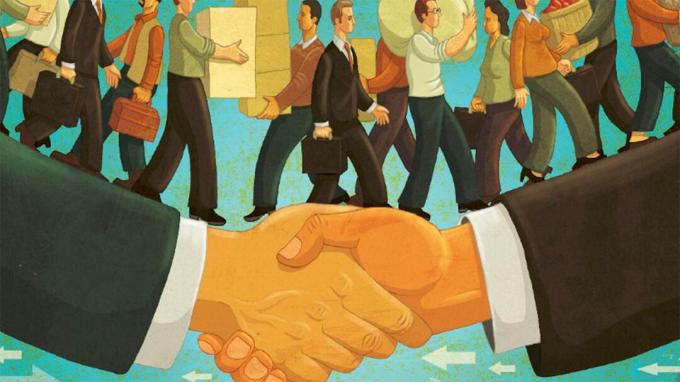
There are several theories called by experts regarding this international trade. Among them are:
Model Adam Smith
This theory states, if a country will get an absolute advantage because the country is able to produce at a lower price. So we can conclude that this theory means that if the price of goods of the same type does not have differences in various countries, then there is no need for international trade.
Ricardian Model
In this theory, it is explained that a country will produce something that is considered the best for production. This theory predicts which countries will later become full specialists of a commodity. Indirectly, this theory also includes several supporting factors, such as the relative amount of labor and capital in the country.
Heckscher-Ohlin. models
This theory states that the pattern of international trade is determined by differences in the supporting factors.
Specific Factor
Specific factors will refer to the supply of specific short-run factors of production, such as physical capital which cannot easily be transferred between industries. This theory also suggests that if there is an increase in the price of a good, the owner of the specific factor of production for that good will term which is actually.
Gravity Model
This theory works by predicting trade based on the distance between countries and the interaction between countries in terms of their economic size. This model has been proven empirically robust by econometric analysis. Other factors such as income levels, diplomatic relations, and trade policies are also included in the larger version of this theory.
International Trade in General

As we already know, guys, trading activities are carried out by two parties who already have an agreement to exchange goods.
Well, the basis of international trade is the same as above.
However, international trade has a wider scope, so that there is such a thing as import-export activities.
Trade between countries plays an important role in fulfilling the needs of a country that cannot produce goods from other countries.
Whether it's because of limited natural resources, human resources, capital, and skills.
Thus, the existence of international trade activities allows the following things to happen:
- Exchange or buying and selling of goods and services between countries.
- Cooperation in the economic field between countries in all parts of the world.
- Influence on the development of exports and imports and the Balance of Payment or the International Balance of Payments (BOP) of a country.
- The exchange and expansion of the use of technology so as to accelerate the rate of economic growth of the countries involved.
- Movement of resources across national borders. Be it human resources, natural resources, or capital resources.
Drivers of International Trade

After knowing the explanation above, we can conclude that there are several factors that can encourage international trade, including:
1. Availability of natural resources
Note: the availability of natural resources is the main factor driving international trade.
Because, not all countries are able to produce spices or something else. Thus, this trading activity needs to be carried out with the aim of complementing the existing deficiencies.
2. There are differences in the factors of production
Note: because, not all countries can cultivate existing resources due to lack of knowledge. Even though the country has abundant natural resources.
3. Needed to meet domestic needs
Note: consciously or not, not all domestic needs can be met by the country itself. So there is a need for international trade activities.
4. Benefit from trade activities carried out between countries
Keteragan: with the existence of trade activities between countries, the profits obtained will of course increase. This is because its market share is also getting bigger in the target of its production goods.
5. There is a desire to expand the market
Note: the desire to expand the market aims to be able to achieve economies of scale in the production process of one country with another.
6. There is a desire to cooperate with other countries
Note: this cooperation will become a bridge to strengthen relations between countries, so that the cooperation created will be mutually beneficial to each other.
7.Differences in Geographical Conditions
Note: each country has a different geographical location, so the resources produced will also be different.
Example: tropical regions such as Indonesia send spices to several western countries.
8. Technological Differences
Description: This technological difference will lead to a country that can only produce raw goods have to export to other countries to be processed and then imported back to their country at a higher price expensive. Vice versa.
9. Save cost
Note: international trade is considered to be able to produce a wider market and more income than if only relying on domestic production.
So that production on a large scale can certainly save costs that must be incurred for production (fixed cost).
Types of International Trade
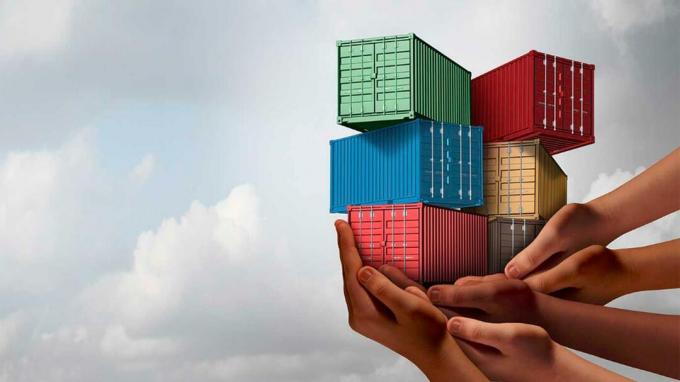
There are several types of international trade based on the above understanding. These include the following:
1. Export and Import
Export and import are the most common international trading activities.
There are two ways to carry out export activities, namely: ordinary exports (subject to applicable regulations) and exports without L/C (goods may be sent with permission from the trade department).
2. Barter
Today, barter or exchange for goods is still often done in international trade.
The types of barter include: direct barter, switch barter, counter purchase and bay back barter.
3. Consignment
The consignment is sales by shipping goods abroad where there are no specific buyers abroad.
The sale can be carried out through the free market or trade exchange by means of auction activities.
4. Package Deals
Trade carried out through trade agreements perjanjian (trade agreement) with other countries.
5. Border Brossing
Trade that arises from two countries that are close to each other with the aim of making it easier for residents to make transactions with each other.
Forms of international trade
- Bilateral Trading
Definition: trade carried out between two countries.
- Regional trade
Definition: trade carried out by several countries within a certain area. Example: ASEAN, European Union countries.
- Multilateral trade
Definition: trade between countries that is not limited by certain regions or regions.
International Trade Destinations
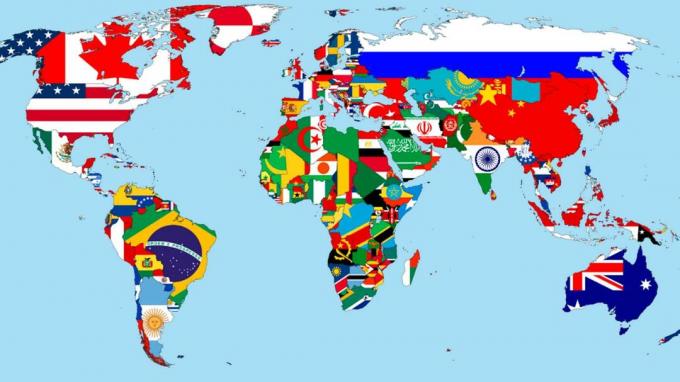
Actually, the factors that can affect international trade are closely related to the purpose of the trade itself.
Well, the following are some of the objectives of international trading activity:
1. To meet the needs that exist in other countries
This is because a country cannot rely solely on domestic production. So countries need to export and import to meet each other's needs.
2. To increase the country's foreign exchange
Activities from the export of goods can also increase the country's foreign exchange you know. So that the increase in the country's foreign exchange will also have an impact on:
- Economic growth
- Affecting the stability of the price of goods exported will be stable domestically
- Labor Existence
3. Benefit from specialization
This third objective can be illustrated as follows:
Country A and country B have the same ability to produce textiles.
However, country B is able to produce it in a more efficient way than A. This is because of the support from more advanced technology.
In this case, specialization here serves to enhance the efficiency of the use of the factors of production.
4. Expand Market and Increase Profit
International trade activities have a goal so that a production company and entrepreneurs can run their machines to the fullest.
Without worrying about overproduction.
Because the excess product can be resold abroad.
5. Modern technology transfer
With the existence of international trade, it is hoped that we can absorb and filter modern technology from other countries.
It can make it possible for the production of goods that we make will be more in a short time.
Or in this case we usually call the term efficient.
Benefits
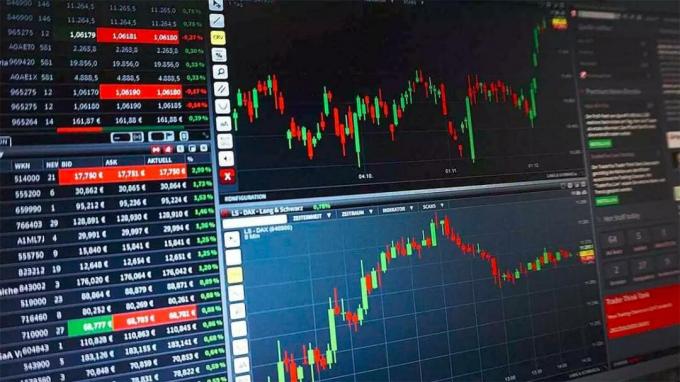
After studying some of the meanings and explanations above, you already know dong what are the benefits of this trading activity?
Still don't know here? Relax, here are some of the benefits that we have summarized for you.
- Can get goods and services that we cannot produce ourselves. This is because there are differences in natural resources, geographical location, capabilities of human resources, technology and others.
- Can expand market reach with the aim of increasing the benefits of specialization.
- Allows for the transfer of modern technology to understand more efficient and modern production techniques in terms of management (saving energy and time).
- Can accelerate the rate of economic growth in a country.
- Increase foreign exchange for the country from the results of export activities.
- International trade can open new jobs in a country.
- Establish friendship or cooperation with other countries.
- Increase the distribution of a country's natural resources.
Negative impact

It doesn't always bring positive benefits, it turns out that the activities of this trade also have side effects or negative impacts.
The following are some of the negative impacts of international trade:
1. Inhibiting the growth of the domestic industrial world
Note: When international trade activities take place, automatically many imported products will enter the country.
This right will make the supply increase and will affect the amount of demand from domestic consumers.
What's more, it turns out that people prefer and are also fond of these imported products.
Thus, domestic industries that produce various products will experience a decline.
Although in fact there have been many policies to reduce imports.
Namely by means of import duty rates, subsidies and quotas.
2. Causing a sense of dependence with developed countries
Note: There is an activity of importing imported products from developed countries which incidentally have cheaper prices, which will make people more complacent.
And do not want to try to produce the same product in their own country.
3. The emergence of consumerism
Note: this impact occurs because many people think that imported products have better quality.
4. Affects the balance of payments
Note: the emergence of multinational companies (companies that have business in more than one country) makes the profits they generate not only exist in one country.
This will not have an impact on the balance of payments, because there is a lot of money that cannot be used for the economic development of a country.
5. The financial sector becomes unstable
Note: due to international trade which triggers the flow of investment coming from other countries and this greatly affects the condition of the capital market itself.
Positive Impact of International Trade
1. Strengthen the bonds of friendship between nations
2. Increase the welfare and prosperity of the country
3. Increase job opportunities
4. Encouraging the advancement of science and technology
5. Source of income for the state treasury
6. Creating efficiency and specialization
7. Allows wider consumption for a country's residents penduduk
Resistance

In international trade activities, of course, every country wants more profits. However, things didn't go smoothly you guys.
Because, there are several obstacles that narrow trading activities.
But make no mistake, these obstacles are actually government efforts in order to regulate and protect the economy so that it remains stable and safe.
Because, if not regulated, various foreign products will flood the market and can kill the existing industry in the country.
The following are some of the barriers that exist in international trade:
1. Tariff Policy
Note: this tariff policy has the objective of limiting the entry of various products imported from abroad.
So that various goods that enter will be subject to tax. This regulation exists to protect domestic products so that they are not less competitive with imported products.
2. Non-Tariff Policy
According to the ideas of Dr. Hamdy Hady's non-tariff policy is a trade regulation except for incoming taxes and can trigger changes in value. As well as reducing the benefits of international trade.
Examples: restrictions on import product quotas, absolute import bans, technical arrangements for certain imported goods, as well as barriers to marketing.
The import ban policy is applied to all products deemed to have violated several requirements. Example requirements: pollute the environment.
3. The existence of various economic institutions in an area
An international trade institution or also called an international trade organization is an association that regulates export and import policies between countries.
This can be an obstacle if a country does not join the organization.
On the other hand, it benefits group members, but on the other hand it will also harm countries that are not members.
4. Different Currency
This barrier is very likely to occur if a country that exports an item asks it to import the finished product.
However, the requesting country is required to pay in the currency of the exporter.
Automatically, the importing country must increase expenses to get the goods.
5. Poor Product Quality
Note: poor quality goods will lose competitiveness with better quality. Usually this is due to the low quality of human resources.
6. The Decline of a Country's Welfare Level
Note: the low level of community prosperity will also reduce the demand for goods or services due to the lack of money.
Thus, this will have an impact on countries that are unable to carry out international trade activities.
7. There is a big risk and difficulty in making payments
Note: if the transaction is made in cash, the importer will need more funds to complete the transaction.
Not only that, major risks such as robbery and theft can also befall and cause large losses.
8. Changing Currency Exchange Rates
Note: this obstacle will make the process of supplying and requesting goods more difficult. Because international traders have difficulty in determining the price of a product.
9. Convoluted Economic Regulation
Note: The existing economic regulations in each country are not the same.
So it is not uncommon for economic policies issued by the government to become an obstacle in international trade.
The convoluted licensing process and high taxes will make it difficult for traders to sell their products abroad.
Example: provision of quotas for various imported goods.
10. Unguaranteed State Security
Note: The security conditions in a country will be taken into account by international traders to look at the market in that country.
The security condition of a country is not guaranteed because there are riots, wars, rebellions, and so on others can make other countries feel worried to carry out trading activities in the country that.
So it will automatically affect international trade activities.
International Trade Example Perdagangan

There are two kinds of examples from international trade, namely exports and imports. Here's the review:
1. Export
Definition: trading activities in the form of selling goods from within to abroad.
The payment system, quantity and quality of goods, as well as various other terms of sale have also been agreed upon by both parties, namely exporters and importers.
Example:
- Indonesia exports palm oil to Malaysia and Singapore
- Indonesia exports coffee, pepper, cloves to other countries.
2. Import
Definition: trading activities in the form of purchasing goods or services from a country into the country.
This activity is carried out by institutions or individuals who are referred to as importers.
Import activities can trigger a negative impact on the economy of a country.
Therefore, the state imposes import restrictions in order to protect various domestic products.
Example:
- Indonesia imports planes, trains, and ships from abroad for domestic transportation purposes.
Wow, that's a lot too. Not only does it have a positive impact, it turns out that this trading activity also has a negative impact guys.
So for those of you who someday want to do this trading practice, don't violate the provisions set by the country, okay? guys.
Of course, so that the transactions carried out will be safe and successful.
Hopefully it can add to your insight. Thank you for visiting :)).
